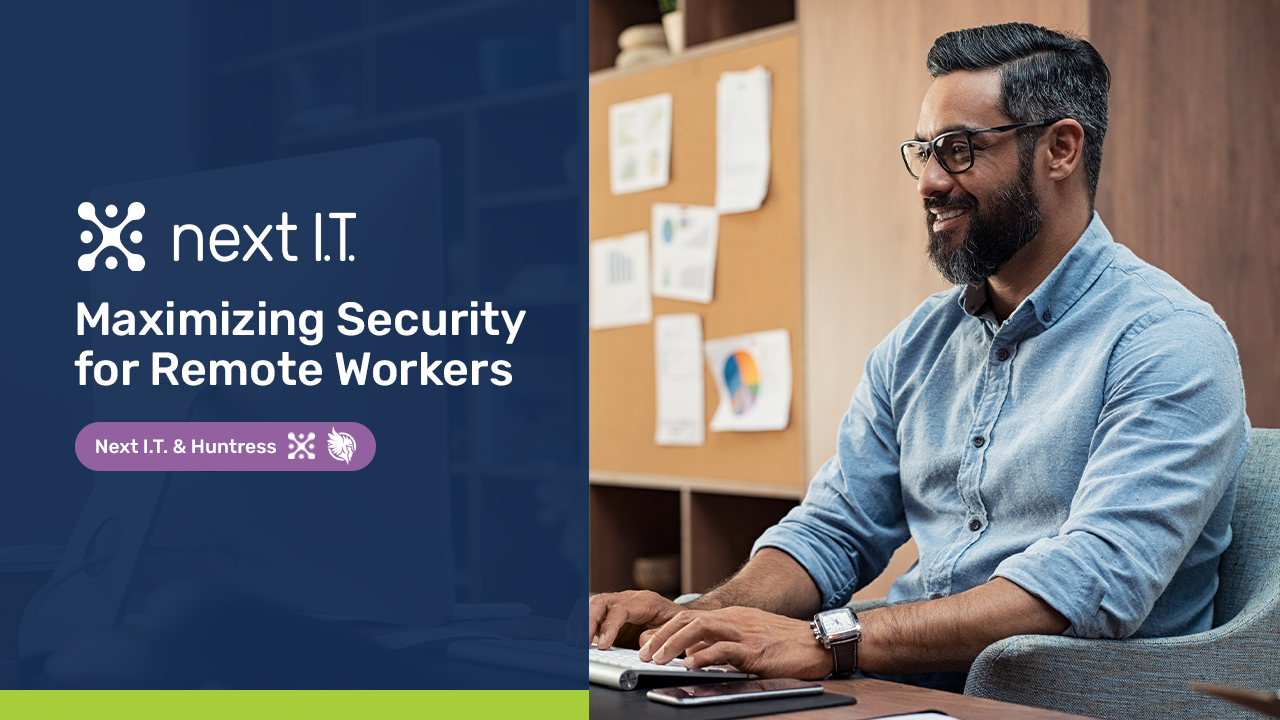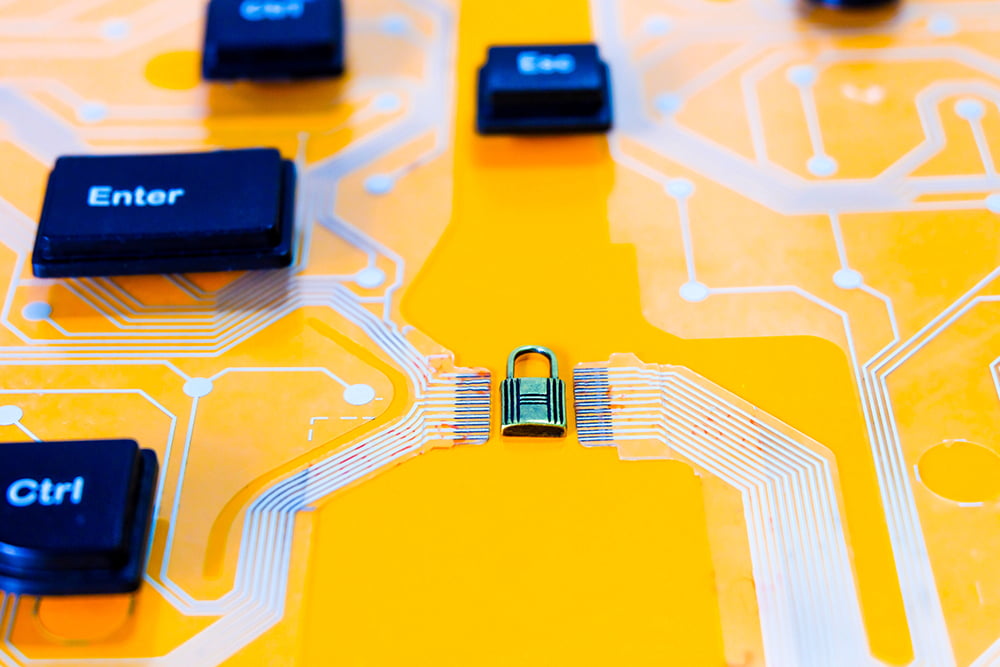
There are benefits to supporting remote workers. Working with remote employees boosts innovation. By working across multiple departments and boundaries, you can come up with solutions you wouldn't be able to come up with in person.
It can also be fun to have diverse perspectives, and it's often easier to reach out to colleagues if you're both in a classroom or on the open road. But as more of our daily tasks are conducted from remote locations, the security risks associated with working remotely must be addressed.
Though research has shown that working from home isn't any more likely to land you in the hospital than working in an office, it can still be a good idea to take a look at some of the more complex risks that may exist. Here are some of the key considerations to take into account before beginning to support remote workers in your organization.
#1. Reduce The Opportunity For Hacking

Obviously, hacking is always a concern when conducting business remotely, but as the number of remote employees grows, so does the potential for a data breach. Depending on the type of company you're working for, there could be data-monitoring and identity monitoring products you could employ to mitigate some of these risks.
Another major consideration is whether your company needs to actively monitor network traffic on a daily basis. If not, it could be difficult to determine if someone is attempting to access your internal systems without leaving an obvious footprint. You may also want to take a look at the sophistication of the tools your company uses to communicate with its users.
If you have different email platforms, chat systems, and even application programming interfaces, you'll want to make sure that those tools aren't endangering your business.
#2. Know What To Do in Case Of An Attack

If you're worried about hacking, you can also assume there will be attacks aimed at your employees. In addition to making sure your software and infrastructure are hardened, you'll also need to decide how to respond when an attack occurs. As a first step, you'll want to set up systems to notify employees when something goes wrong.
For example, Next I.T. Solutions allows you to set up "incident channel" channels for particular types of information. If an employee receives an alert, they can reply to the alert with further details, and any questions about the incident can be answered in a direct thread.
If you have these channels set up, your employees will be less likely to be distracted and will be more likely to respond to an incident with speed and accuracy.
#3. Manage Your VPNs
-1.png?width=1280&name=Untitled%20design%20(14)-1.png)
Many companies have in-house VPNs, but if your business is running a lot of remote employees, or you don't have in-house employees, you'll want to have a flexible VPN solution in place. This can be accessed from the office or from remote employees' devices.
Make sure the VPN is set up so that remote employees can access applications and resources without having to log in, and so that staff members can access each other's desktops if a technical problem occurs.
#4. Set Up Multi-Factor Authentication
-1.png?width=1280&name=Untitled%20design%20(12)-1.png)
Many companies allow remote workers to set up additional security features. Usually, these require that employees log into the application, tap a button, and then type in a password. Depending on the type of product you're using, you might be able to get away with requiring just two-factor authentication (2FA).
Another great approach is to have remote employees make a one-time device-based login, such as using biometric authentication. Many services will require you to use a specific device for logging in, but any time you access a secure application or service over the network, such as an internal corporate intranet or an HR portal, you'll need to be using the same device.
4. Protect Your Employees From Phishing Attacks

Another major concern is phishing. Most of us use email for work, and the bad guys are constantly looking for new ways to target employees and get them to reveal personal or sensitive information, such as passwords and credit card numbers. Sometimes, it's not too difficult to identify a phishing attack. Once an attacker obtains personal information about an employee or a prospect, they can send out emails with links to spoof a legitimate company site.
Some clever actors will even add genuine-looking login forms to a compromised site. If someone clicks on the link, an attacker has access to the victim's username and password. To defend against phishing, set up a number of layers of security.
Some of the best approaches include two-factor authentication (2FA), application controls (such as logging out of a site as soon as you close your browser), and document and password encryption.
5. Protect Your Employees Against Data Breaches

It's important to make sure your organization is operating under a data-breach notification policy. When a company is breached, you'll need to notify customers and partners, as well as potentially the government, in order to make sure your customers are protected and to help prevent the attacker from repeating the breach.
Because data breaches can sometimes be slow to be discovered, employees need to be trained on how to identify the warning signs and to protect themselves, such as by not clicking on links and making a note of any unusual communications.
6. Defend Against Ransomware

Ransomware can wreak havoc on businesses around the world. For example, a hospital in Ireland recently had to shut down its nationwide computer system because of a ransomware attack. It's incredibly important to protect your organization from ransomware.
Even when it's not a targeted attack, your network still needs to be resilient to ransomware, which essentially holds data hostage until you pay a ransom to have it released. You need to have backups of your files, and enable the use of a strong file encryption tool on your network.
Ransomware encrypts files on your computer and blocks access to them. Sometimes, an attacker will lock your system so that you can't do anything but watch helplessly while your files are stolen. Once your files have been stolen, the attacker will offer to decrypt the files for a fee, but they'll always request a payment to get your files back.
7. Safeguard Your Organization
To ensure your organization is protected from the threats above, it's critical to set up a strategy to protect your employees, and to then monitor how your employees are actually behaving. SaaS providers can do a great job of helping you safeguard your organization's data. At Next I.T. we provide expert solutions for helping to protect your employees from phishing and your data from being breached.
Whether you need VPN, LAN, WAN or VoIP services, we have the right solution for your organization. All of the above are part of a larger challenge for companies, and they can easily turn into a nightmare for your organization. By working with a SaaS partner, you can ensure that your employees and their devices are not giving your organization away to a malicious actor.

